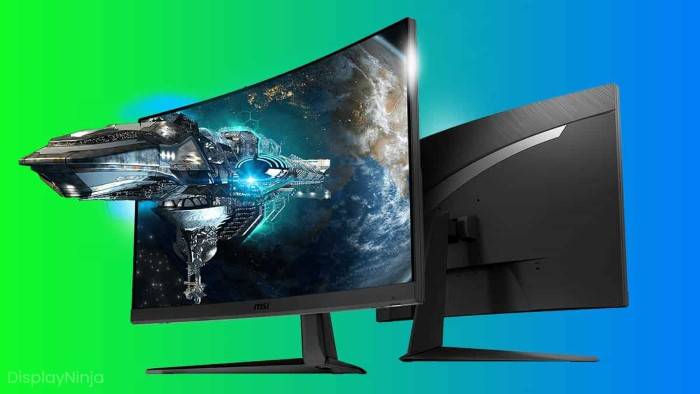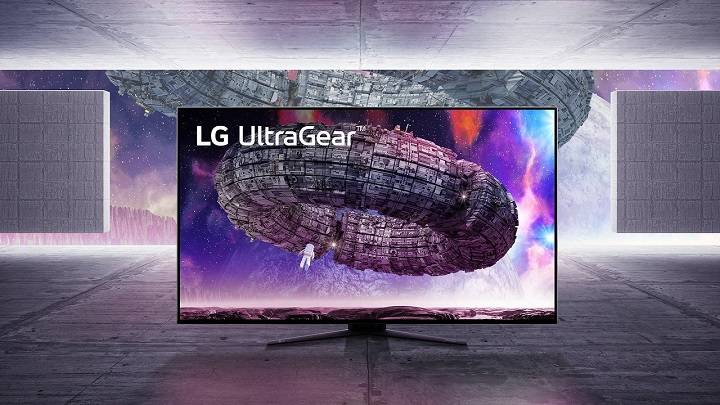In the realm of gaming, every detail matters. From the speed of your processor to the resolution of your screen, each component contributes to your gaming experience. When it comes to monitors, OLED (Organic Light Emitting Diode) technology has been gaining traction for its stunning visuals and superior contrast ratios. But with a myriad of options available, how do you choose the best OLED gaming monitor for your setup? Fear not, as this comprehensive guide will walk you through everything you need to know to make an informed decision.
What is OLED Technology?

Before diving into the specifics of OLED gaming monitors, let’s briefly understand what OLED technology is all about. Unlike traditional LED displays, OLED panels utilize organic compounds that emit light when an electric current is applied. This allows for individually lit pixels, resulting in unparalleled contrast ratios, vibrant colors, and deeper blacks.
Benefits of OLED Gaming Monitors
- Superior Contrast Ratios: OLED displays offer infinite contrast ratios, meaning they can produce true blacks alongside bright whites, resulting in stunning visuals.
- Faster Response Times: With response times as low as 0.1 milliseconds, OLED monitors excel in fast-paced gaming scenarios, ensuring smooth and blur-free gameplay.
- Wide Viewing Angles: Unlike some LCD technologies, OLED panels maintain consistent image quality even when viewed from extreme angles, making them ideal for multiplayer gaming setups.
- Energy Efficiency: OLED monitors are energy-efficient, as they only consume power for the pixels that are lit, leading to potential energy savings over time.
Factors to Consider When Choosing an OLED Gaming Monitor

- Resolution: Decide whether you prefer a standard Full HD (1920×1080), Quad HD (2560×1440), or Ultra HD (3840×2160) resolution based on your gaming preferences and hardware capabilities.
- Refresh Rate: Look for monitors with higher refresh rates (typically 120Hz or higher) for smoother gameplay, especially in fast-paced genres like first-person shooters.
- Input Lag: Low input lag is crucial for responsive gaming. Opt for monitors with minimal input lag to reduce the delay between your actions and on-screen reactions.
- Response Time: Faster response times ensure that fast-moving objects appear sharp and clear, minimizing motion blur during gameplay.
- HDR Support: High Dynamic Range (HDR) enhances contrast and color accuracy, providing a more immersive gaming experience. Choose a monitor with HDR support for enhanced visual fidelity.
- G-Sync or FreeSync Compatibility: Adaptive sync technologies like NVIDIA G-Sync and AMD FreeSync help eliminate screen tearing and stuttering, providing a smoother gaming experience. Ensure compatibility with your graphics card.
- Panel Size and Curvature: Consider the size and curvature of the monitor based on your gaming setup and personal preferences. Larger screens offer a more immersive experience, while curved displays enhance peripheral vision.
- Connectivity Options: Check for sufficient connectivity options such as HDMI, DisplayPort, and USB ports to accommodate your gaming peripherals and devices.
Top Picks for the Best OLED Gaming Monitors
- LG CX Series OLED: Renowned for its exceptional picture quality and gaming performance, the LG CX Series offers a range of sizes and features HDMI 2.1 support for next-gen gaming consoles.
- Alienware AW5520QF: With its massive 55-inch OLED panel and 120Hz refresh rate, the Alienware AW5520QF delivers an immersive gaming experience, perfect for enthusiasts.
- Sony XBR-A9G Master Series: While primarily designed for home entertainment, the Sony XBR-A9G boasts OLED excellence and supports gaming features like Variable Refresh Rate (VRR) for smooth gameplay.
- Asus ROG Strix XG16AHP: This portable OLED gaming monitor features a 16-inch display, 144Hz refresh rate, and adaptive sync technology, making it ideal for gaming on the go.
- Dell Alienware OLED AW2521H: Designed for competitive gaming, the Dell Alienware AW2521H offers a blazing-fast 240Hz refresh rate, 1ms response time, and G-Sync compatibility for unparalleled performance.
Choosing the best OLED gaming monitor involves considering various factors such as resolution, refresh rate, input lag, and panel size. By understanding your gaming preferences and requirements, you can select a monitor that elevates your gaming experience to new heights. Whether you prioritize stunning visuals, responsive gameplay, or immersive immersion, there’s an OLED gaming monitor out there to suit your needs. Invest wisely, and embark on a gaming journey like never before with the ultimate display technology—OLED.


